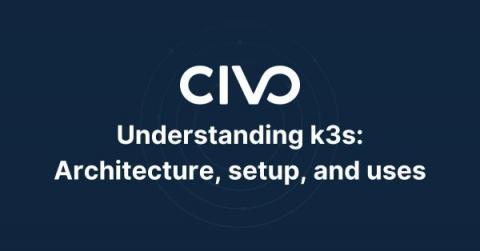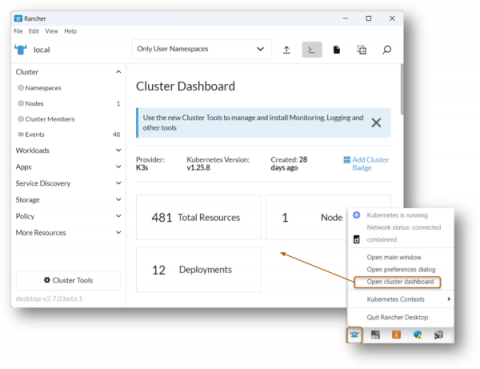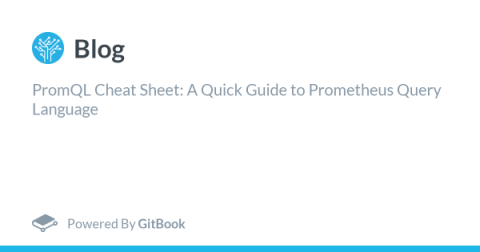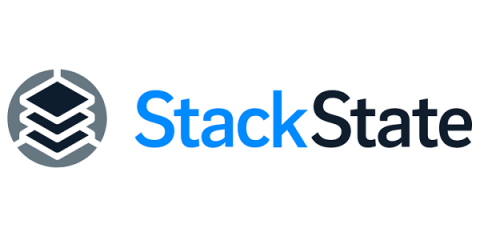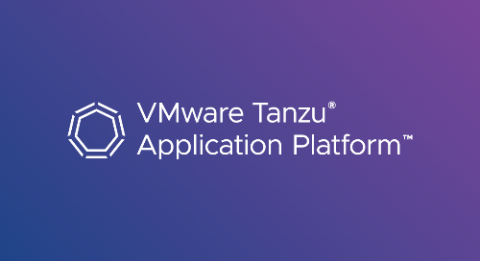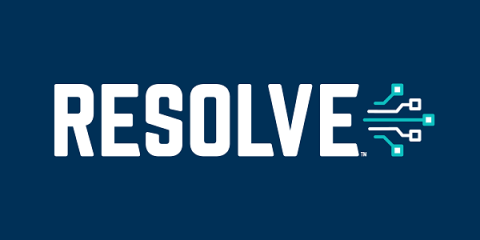Understanding k3s: Architecture, setup, and uses
If you are looking into the cloud-native world, then the chances of coming across the term “Kubernetes” is high. Kubernetes, also known as K8s, is an open-source system that has the primary responsibility of being a container orchestrator. This has quickly become a lifeline for managing our containerized applications through creating automated deployments.


